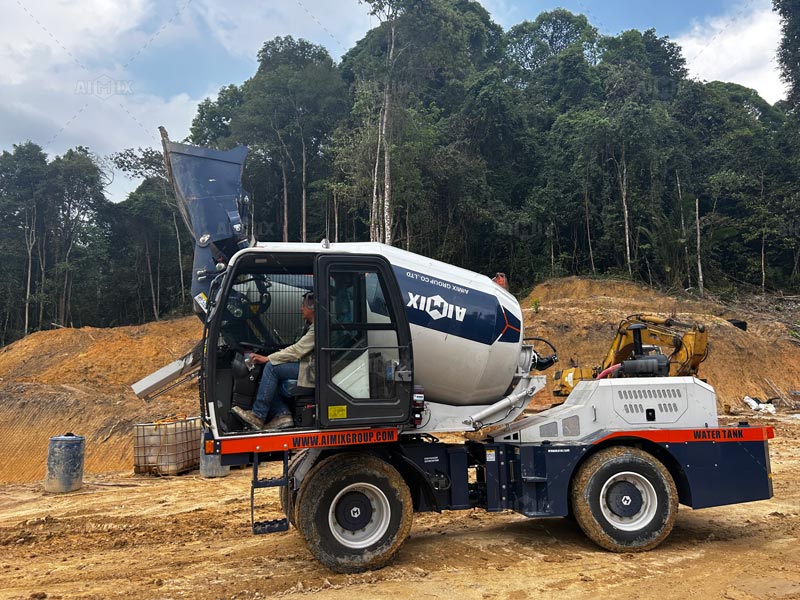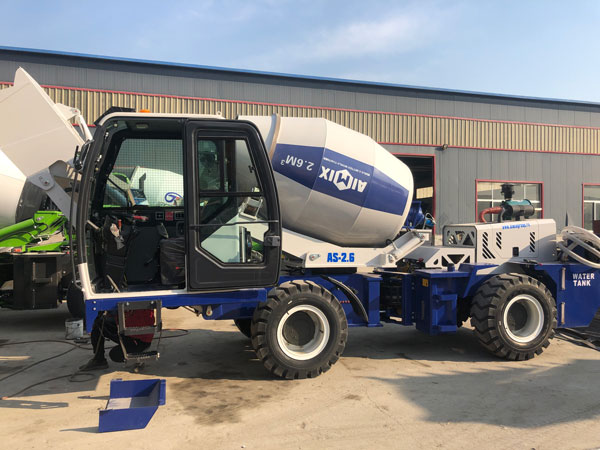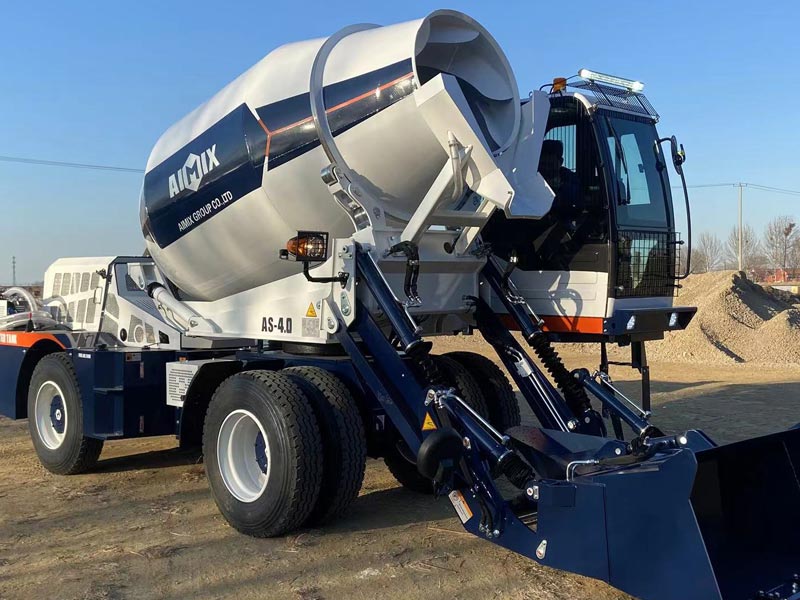In today’s fast-paced industrial landscape, efficiency is crucial. Industries rely heavily on machinery, such as mixers, to maintain productivity. Any downtime can lead to significant financial losses. This is where IoT (Internet of Things) sensors come into play. They offer real-time monitoring and predictive maintenance, significantly reducing downtime in industrial mixer operations.
The Role of IoT Sensors in Reducing Downtime
IoT sensors have revolutionized industrial operations. They provide real-time data, helping operators monitor equipment health. These sensors detect anomalies before they cause breakdowns. Thus, they prevent unexpected downtime and allow for scheduled maintenance. Predictive maintenance keeps machines running smoothly and efficiently.

How IoT Sensors Work
IoT sensors collect data from various parts of the mixer. They monitor temperature, vibration, and other critical parameters. This data is sent to a central system for analysis. Operators receive alerts if any parameter deviates from the norm. This proactive approach prevents minor issues from becoming major problems.
Benefits of IoT in Industrial Mixers
IoT sensors offer numerous benefits. They ensure consistent mixer performance by reducing downtime. This leads to increased productivity and reduced operational costs. Businesses can save money on repairs and maximize output. Additionally, IoT data helps improve future equipment design and efficiency.
Case Study: Self-Loading Concrete Mixers
Consider the self loading concrete mixer for sale. These mixers benefit greatly from IoT integration. IoT sensors provide real-time data on mixer performance. This ensures that concrete quality remains high. Operators can identify potential issues before they affect the final product. As a result, companies experience fewer delays and better project outcomes.

Concrete Mixers in Different Markets
IoT technology is transforming concrete mixer operations worldwide. In Indonesia, concrete mixers are vital for construction projects. The integration of IoT sensors enhances the reliability of the concrete mixer Indonesia. Companies can complete projects on time and within budget. IoT sensors provide a competitive edge in Indonesia’s growing construction sector.
Concrete Mixer Prices in Kenya
In Kenya, the construction industry is booming. The concrete mixer price in Kenya varies based on features. IoT-enabled mixers may have a higher upfront cost. However, they offer long-term savings through reduced downtime. Businesses can justify this investment with increased efficiency and lower maintenance expenses.

Concrete Mixer Prices in South Africa
Similarly, in South Africa, IoT sensors are gaining popularity. Concrete mixer price South Africa reflects this trend. While initial costs may be higher, IoT integration offers substantial benefits. Reduced downtime, improved efficiency, and better project management make these mixers a wise investment. Companies can achieve higher profitability with IoT-enabled equipment.
The Future of IoT in Industrial Mixers
The future of IoT in industrial mixers looks promising. As technology advances, IoT sensors will become even more sophisticated. They will provide more precise data and insights. This will lead to further reductions in downtime and operational costs. Businesses that adopt IoT early will have a competitive advantage.
Conclusion
IoT sensors are transforming industrial mixer operations. They reduce downtime, improve efficiency, and lower costs. From self-loading concrete mixers to various markets like Indonesia, Kenya, and South Africa, IoT is making a difference. As industries continue to evolve, IoT will play an even bigger role. Embracing this technology is crucial for staying ahead in the competitive industrial landscape.